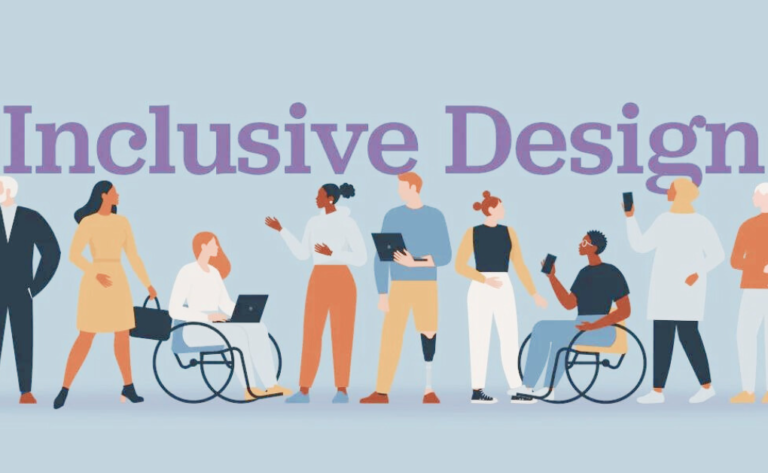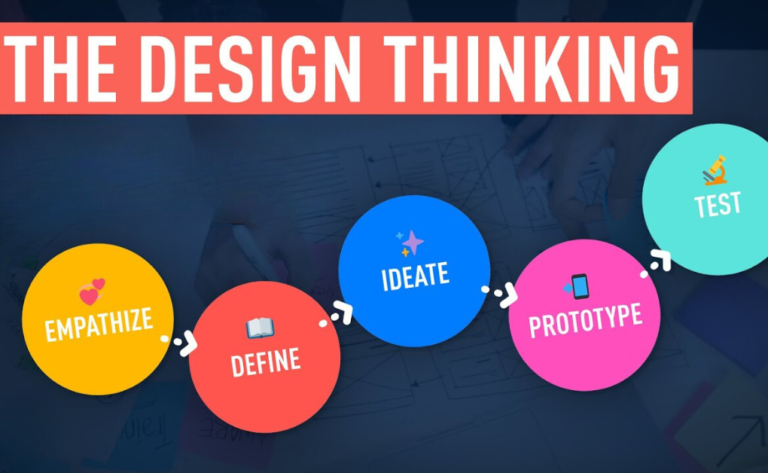Construction Drawing: Elevating Innovation in Product Design
“Construction Drawing: Elevating Innovation in Product Design” :- In manufacturing, where innovation is the driving force, architectural photography emerges as an indispensable tool. With more than three decades of experience in the industry, I am here to take you through the intricacies of design illustration, one of the mainstays of modern manufacturing.
The Essence of Construction Drawing

Construction drawing is the backbone of every design project, providing a meticulous roadmap for product creation. Let’s delve into the vital aspects of this fundamental process.
The Blueprint of Innovation

Innovation is the beating heart of product design, and construction drawing plays a pivotal role in materializing creative concepts. It transforms visionary ideas into tangible blueprints, facilitating the realization of groundbreaking products.
Cutting-edge design often begins with unconventional ideas. Construction drawing harnesses these concepts, translating them into precise plans for construction. It’s the bridge between imagination and reality, turning dreams into manufactured masterpieces.
Designing for Human Connection
Effective product design isn’t completely about aesthetics; it’s about crafting user-centric stories. Human connection lies at the center of this manner, ensuring that the stop product resonates with its intended audience.
The artwork of human-centric design lies in understanding the wishes, dreams, and pain points of customers. It’s approximately developing merchandise that seamlessly integrate into customers’ lives, improving their reviews. Whether it’s an ergonomic chair, an intuitive phone, or a sleek kitchen equipment, the purpose stays the identical: designing for human beings.
Tips and Tricks: Navigating the Construction Drawing Journey

Clarity Is Key: Ensure your construction drawings are clear and easy to understand. Anyone should be able to interpret them, from engineers to manufacturers.
Precision Matters: Accuracy in measurements and annotations is non-negotiable. Precision prevents costly errors during the production phase.
Detailed Annotations: Include comprehensive notes and annotations to explain the purpose and functionality of each component. This fosters a shared understanding among the project team.
Q&A – Answering Common Queries

Q: What is the role of construction drawing in the design process?
A: Construction drawing serves as a detailed guide for product realization. It includes specifications, dimensions, materials, and assembly instructions to ensure the product is built accurately.
Q: How does technology impact construction drawing?
A: Technology has revolutionized construction drawing, making it more efficient and accessible. Computer-aided design (CAD) software allows for precise digital drawings, enhancing collaboration and reducing errors.
Q: What are the best practices for creating effective construction drawings?
A: Prioritize clarity, precision, and comprehensive annotations. Regularly review and revise drawings to accommodate design changes and improvements.
Showcasing Innovation in Action

Incorporating innovative design concepts in your construction drawings is essential. One remarkable example is the rise of parametric design in architecture. This approach uses algorithms to create adaptable, site-specific structures, resulting in awe-inspiring architectural marvels.
Explore More
In conclusion, “Construction Drawing: Elevating Innovation in Product Design” :- construction drawing is the unsung hero of product design. It empowers innovation, fosters human connections, and ensures precision in product realization. It’s the conduit between imagination and creation, where ideas become reality.
As you embark on your journey in product design, remember the importance of construction drawing. It’s not just a technical process; it’s an art form that breathes life into designs. Your next groundbreaking product may be just a construction drawing away. What will you create next? The possibilities are limitless.







